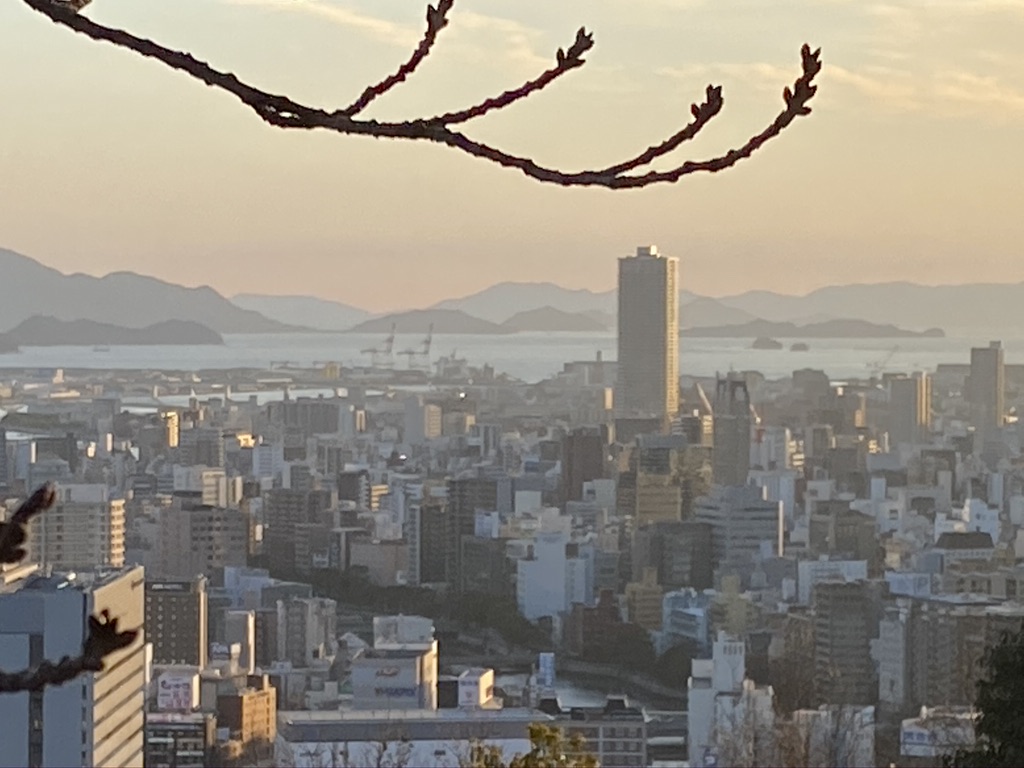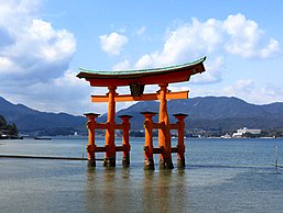The best known cities of Kansai, other than Kyoto, are Osaka and Kobe. Himeji and Hiroshima will attract most visitors in Western Honshu. Osaka has always been the business rival of Tokyo – think London and Manchester. Kobe developed as one of the main treaty ports and today has a well preserved historic centre as well as a thriving port area. Himeji is known above all for its castle and Hiroshima is known globally as the “atom bomb” city and a centre of world peace.

Osaka
The second city to Tokyo and the economic heart of the Kansai region. Osaka was destined to be the capital of Japan under the rule of Toyotomi Hideyoshi but after his death the new Tokugawa rulers transferred the capital to Edo. The symbol of the new Osaka is the spectacular Umeda Sky Building and the city claims to possess in the Tenma arcade the longest shopping street in the country. Osaka Castle is a concrete reconstruction that miraculously survived the war.
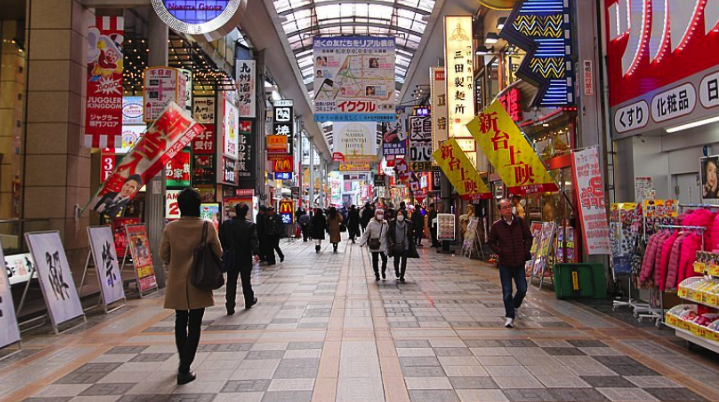
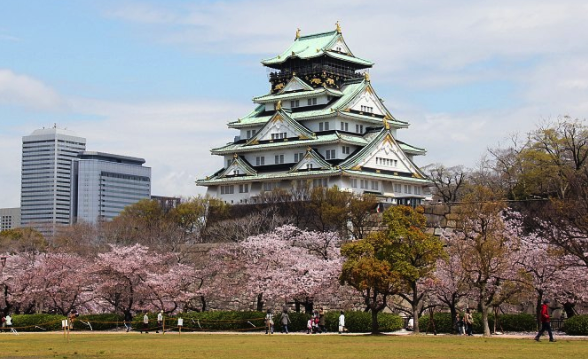

Nakanoshima
A green island in the very centre of Osaka surrounded by the river that runs through the city. A great place for a walk and a respite from a city with few green spaces. There are parks to be found at either end of the island including a large rose garden and a number of small cafes. The island also contains some of the cultural highlights of the city such as the National Art Museum and the Museum of Oriental Ceramics as well some impressive administrative buildings in Meiji era style.
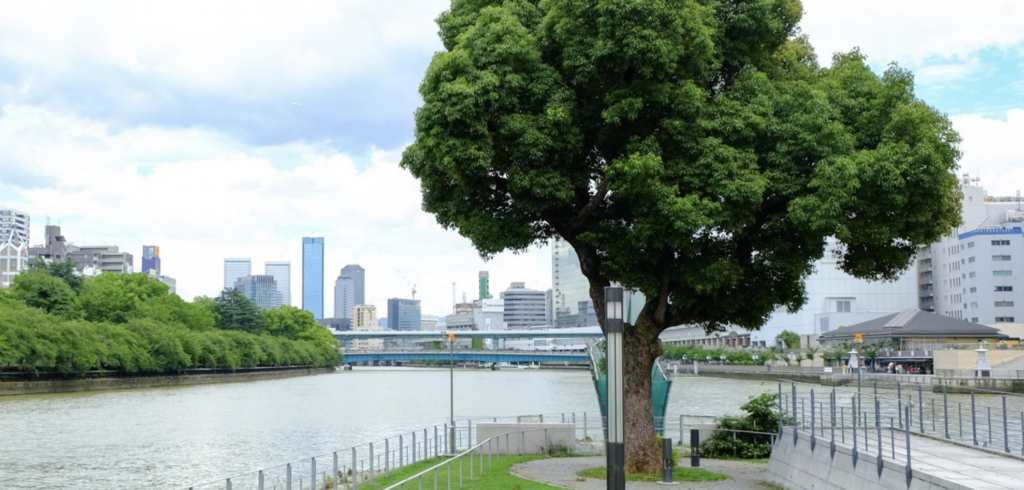
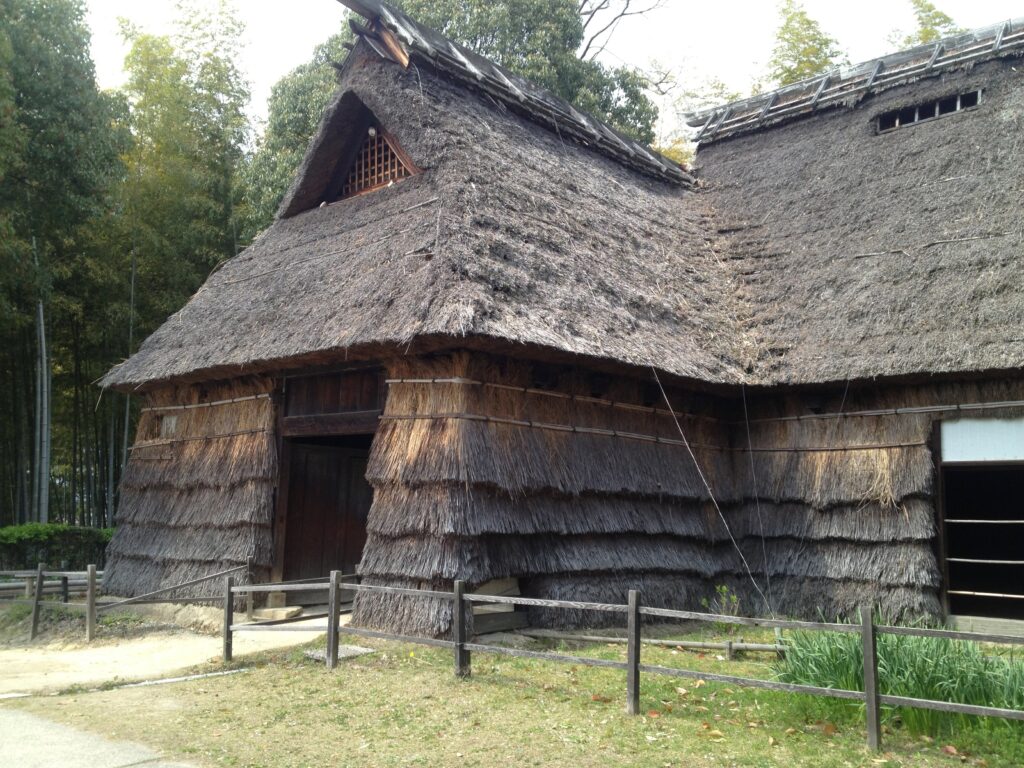
Farmhouse Museum
One of the most interesting museums in the Osaka area is the open air museum of traditional farmhouses to be found to the north of the city. This museum is a reminder of the frantic pace of modernisation and urbanisation that has overtaken Japan in the years since 1945. There are the occasional villages to be found where these kind of houses are still lived in but these have become in essence tourist traps due to their extreme rarity and in some cases World Heritage sites because of that rarity.
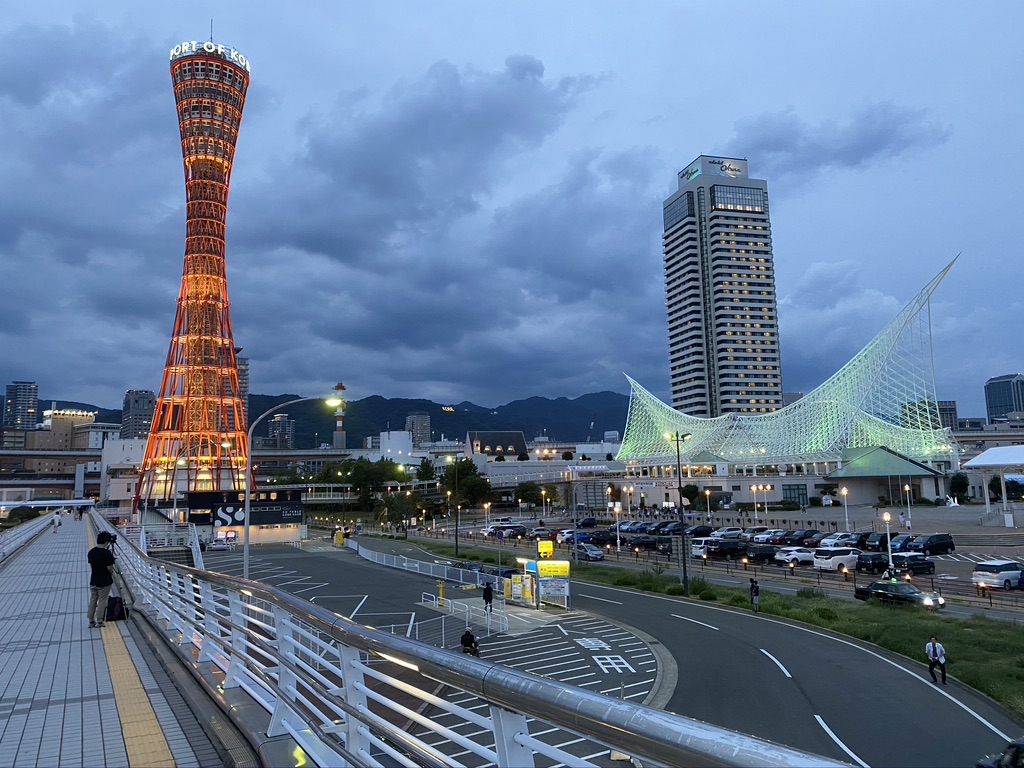
Kobe
Downtown Kobe has a well preserved historic centre that is now an upmarket shopping area. The area around the harbour has been developed into another major entertainment and shopping area while the Kitano district on the hilly slopes to the north of the city close to Shin Kobe station retains examples of western style houses that fascinate Japanese tourists, like the Buffs of Yokohama or the Dutch Slopes of Nagasaki. The city is beautifully situated between the sea and the surrounding mountains and the hilly area to the north of the city is a great place for walking and hiking with Mount Rokko as the highest point. Cable cars provide access to the hills and there are a range of different walking routes.
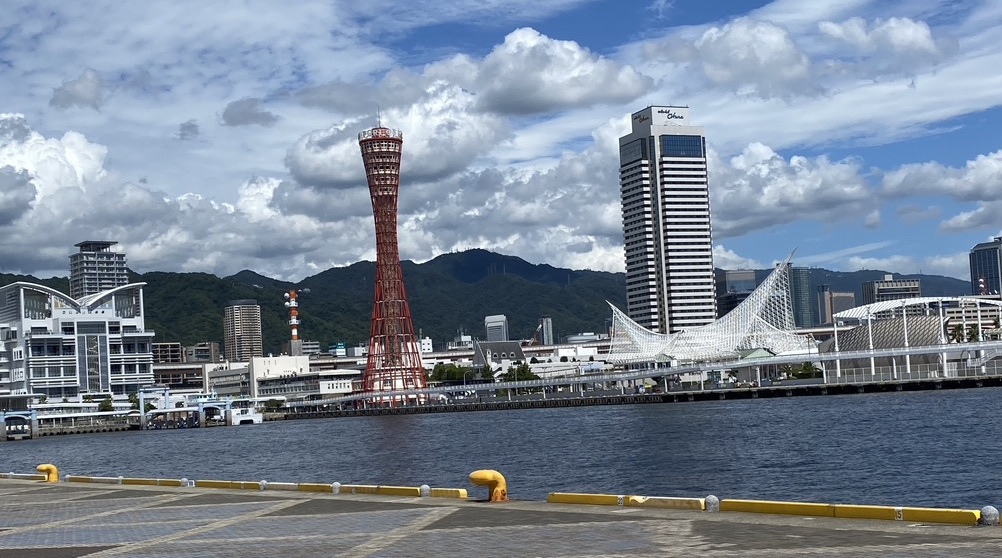


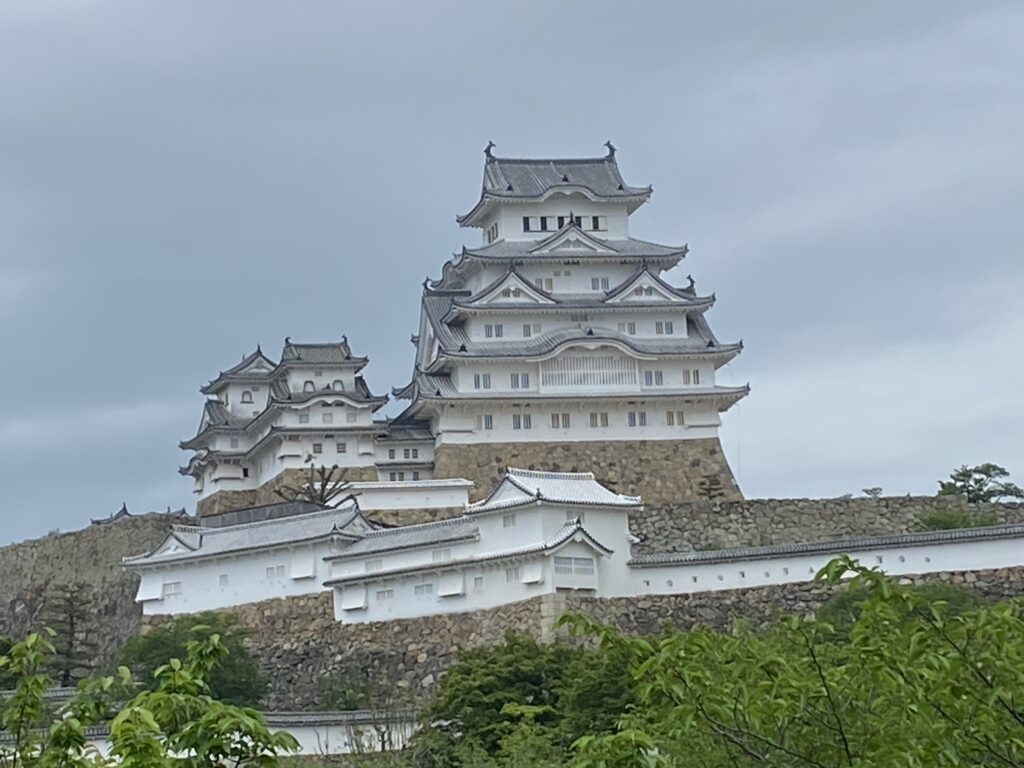
Himeji
People visit Himeji for Himeji Castle, the biggest and best preserved of Japan’s 12 remaining castles. The castle covers an immense area, most of which acts today as an attractive park and garden surrounding the centrepiece of the design, the 150 foot main tower. The layout of the castle was sufficiently complex as to bemuse the visitor of today, without the help of the direction boards that guide you around.
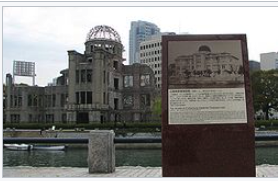
Hiroshima
Hiroshima has become the centre of a worldwide peace movement following its destruction by the first atom bomb on August 6 1945. The city contains an impressive Peace Park where the cities destruction and rebirth is commemorated every August 6. The so-called “atom dome” has become a symbol of the city. Having said this, the city is also a very pleasant modern city, well planned and well laid out with wide tree lined boulevards and excellent walks along the many rivers that crisscross the city.
